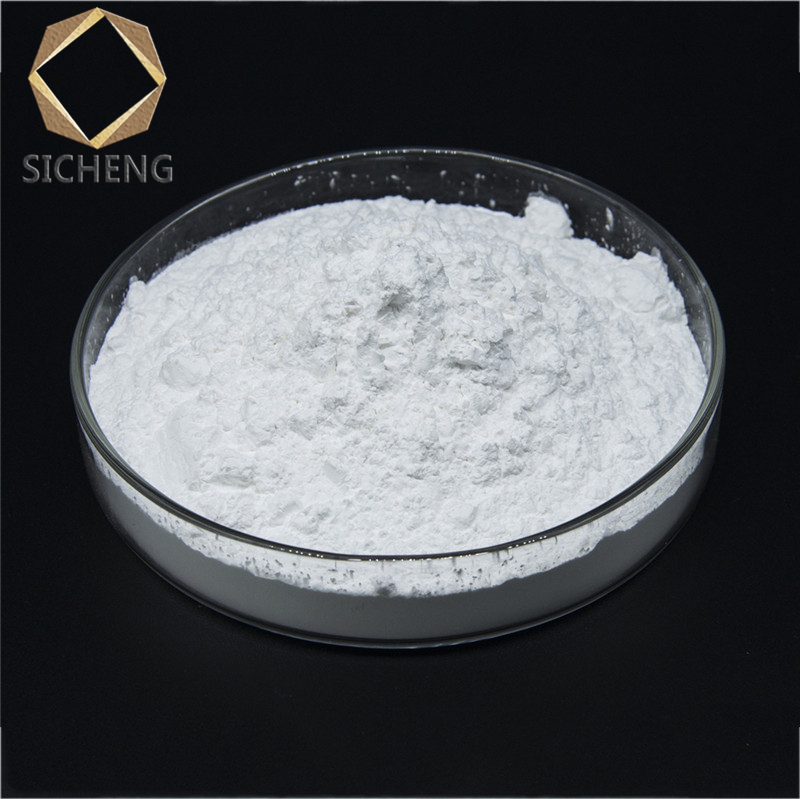Platelet Calcined Alumina is a specialized form of alumina (aluminum oxide, Al₂O₃) that has been thermally treated (calcined) and engineered to have a platelet-like morphology. This unique structure gives it enhanced properties, making it suitable for a variety of industrial applications. Below are some key applications of platelet calcined alumina:
1. Refractory Materials
- Use: Platelet calcined alumina is widely used in refractory products due to its high melting point, thermal stability, and resistance to chemical corrosion.
- Benefits: The platelet morphology improves the mechanical strength, thermal shock resistance, and erosion resistance of refractory linings in high-temperature environments like furnaces, kilns, and reactors.
2. Ceramics
- Use: It is used in advanced ceramics, including structural ceramics, wear-resistant ceramics, and electronic ceramics.
- Benefits: The platelet structure enhances fracture toughness, wear resistance, and mechanical strength of ceramic components.
3. Abrasive and Polishing Applications
- Use: Platelet calcined alumina is used in abrasive tools, grinding wheels, and polishing compounds.
- Benefits: Its hardness and platelet shape provide efficient material removal and a smooth finish.
4. Reinforcement in Composites
- Use: It is added to metal, polymer, or ceramic matrices to create composite materials.
- Benefits: The platelet structure improves mechanical properties such as strength, toughness, and wear resistance.
5. Coatings
- Use: Platelet calcined alumina is used in thermal spray coatings and protective coatings for industrial equipment.
- Benefits: It provides excellent wear resistance, thermal insulation, and corrosion protection.
6. Catalyst Supports
- Use: It is used as a support material for catalysts in chemical processes.
- Benefits: Its high surface area and thermal stability make it ideal for catalytic applications.
7. Additives in Specialty Glasses
- Use: Platelet calcined alumina is added to glass formulations to improve hardness, chemical resistance, and thermal properties.
- Benefits: Enhances the durability and performance of specialty glasses.
8. Electronics and Insulators
- Use: It is used in electronic substrates, insulators, and components requiring high thermal conductivity and electrical insulation.
- Benefits: Provides excellent dielectric properties and thermal management.
9. Friction Materials
- Use: Platelet calcined alumina is used in brake pads and clutch facings.
- Benefits: Improves friction performance, wear resistance, and heat dissipation.
10. Biomedical Applications
- Use: It is used in biomedical implants and prosthetics due to its biocompatibility and mechanical properties.
- Benefits: Provides strength and durability in medical applications.
Key Properties of Platelet Calcined Alumina:
- High hardness and wear resistance
- Excellent thermal stability and resistance to thermal shock
- Chemical inertness and corrosion resistance
- Enhanced mechanical strength and fracture toughness due to platelet morphology
- High melting point (~2072°C or 3762°F)
Platelet calcined alumina is a versatile material that plays a critical role in high-performance applications across industries. Its unique properties make it a preferred choice for demanding environments.

